|
Over the years, we have come up with what we call perfect postures. We consider postures perfect, when they follow these three rules:
Let's look at these criteria in more detail. THE CORRECT MUSCLES HAVE TO ENGAGE In many of the postures we practice, it is easy to get the wrong muscles involved. Standing Head to Knee (with the arms) is a perfect example. Standing Head to Knee should be a balancing forward bend of the spine. However, with the arms, it's almost inevitable that the arms engage to hold the leg up and pull the upper body closer to the leg. Also, the back often engages to prevent us from collapsing all the way forward. Both of these actions will not take us in the direction of the pose for the following reasons: 1) The arms do not bend the spine forward, that's the job of the rectus abdominis. 2) A forward bend of the spine requires abdominal engagement and back relaxation. If our back is engaging, this is the opposite of the pose. This brings us to the first perfect pose, Standing Head to Knee with No Arms. While it is incredibly difficult, any attempt to balance on one leg, lift the other and round the spine will take us in the right direction because the correct muscles have to engage. NO EXTREME RANGE OF MOTION IN THE BODY The second rule for a perfect posture is no extreme range of motion. In some ways, postures with small ranges of motion are easy to find. On the other hand, yoga postures can easily incorporate extreme ranges of motion without us realizing it. This is something we have to be careful of. Our next two perfect poses are Full Locust and Locust. In addition to the other criteria, they do not ask for any extreme range of motion. 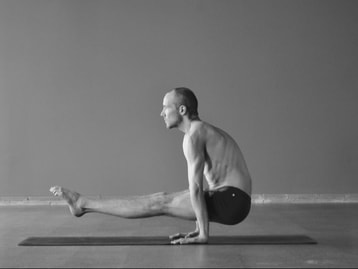 WITHOUT THE STRENGTH TO DO THE POSTURE, NOTHING HAPPENS The last rule that makes a posture perfect relates to what happens when we don't have the strength to execute the posture. In some postures, if we don't have the strength or control, we can get ourselves into a sticky situation. Examples of this could be a position that puts a lot of stress on a joint or a pose that lengthens a muscle too far. In a perfect posture, if you don't have the strength to do the posture, nothing happens! It is perfectly safe for this reason. The final two perfect postures are Palmstand and Torso Lift. Anyone who has tried Palmstand for the first time will likely remember the feeling of "Nothing is happening!" While it is difficult to lift the hips and legs up, it's completely safe. Without the strength, we simply remain sitting. The same principle applies to Torso Lift. Without abdominal strength, nothing happens.
0 Comments
Leave a Reply. |
AUTHORSScott & Ida are Yoga Acharyas (Masters of Yoga). They are scholars as well as practitioners of yogic postures, breath control and meditation. They are the head teachers of Ghosh Yoga.
POPULAR- The 113 Postures of Ghosh Yoga
- Make the Hamstrings Strong, Not Long - Understanding Chair Posture - Lock the Knee History - It Doesn't Matter If Your Head Is On Your Knee - Bow Pose (Dhanurasana) - 5 Reasons To Backbend - Origins of Standing Bow - The Traditional Yoga In Bikram's Class - What About the Women?! - Through Bishnu's Eyes - Why Teaching Is Not a Personal Practice Categories
All
Archives
May 2024
|

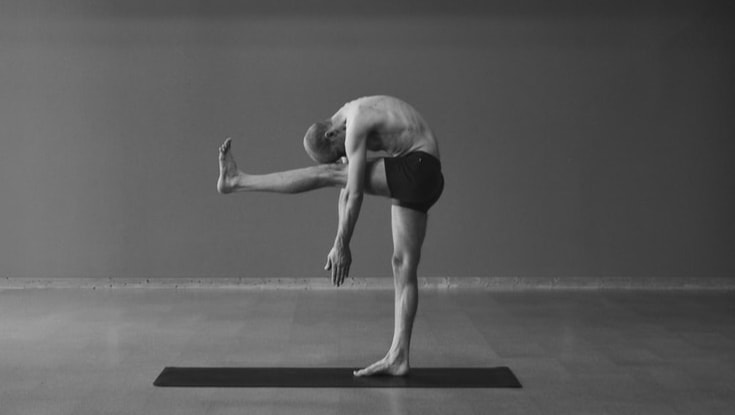
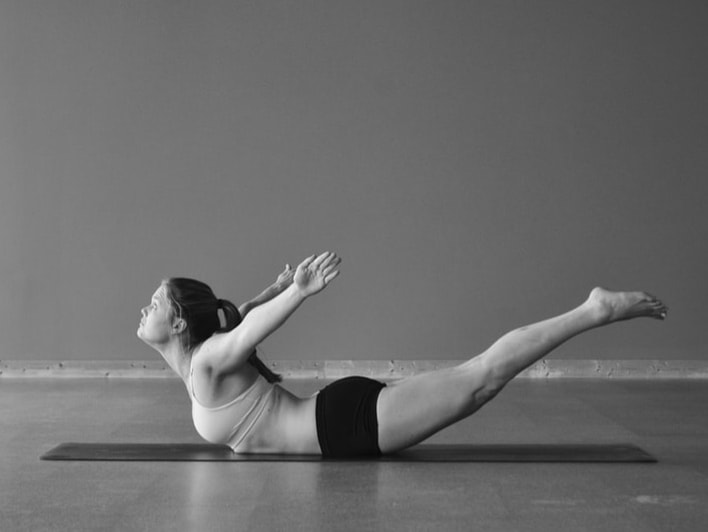
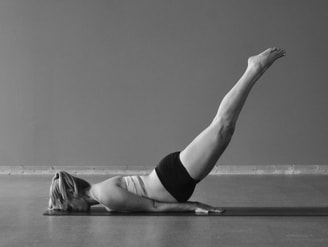
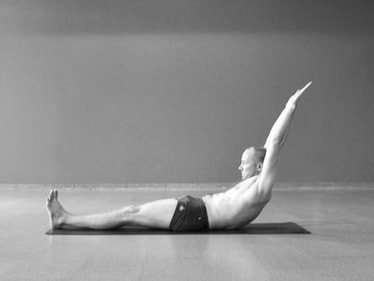





 RSS Feed
RSS Feed